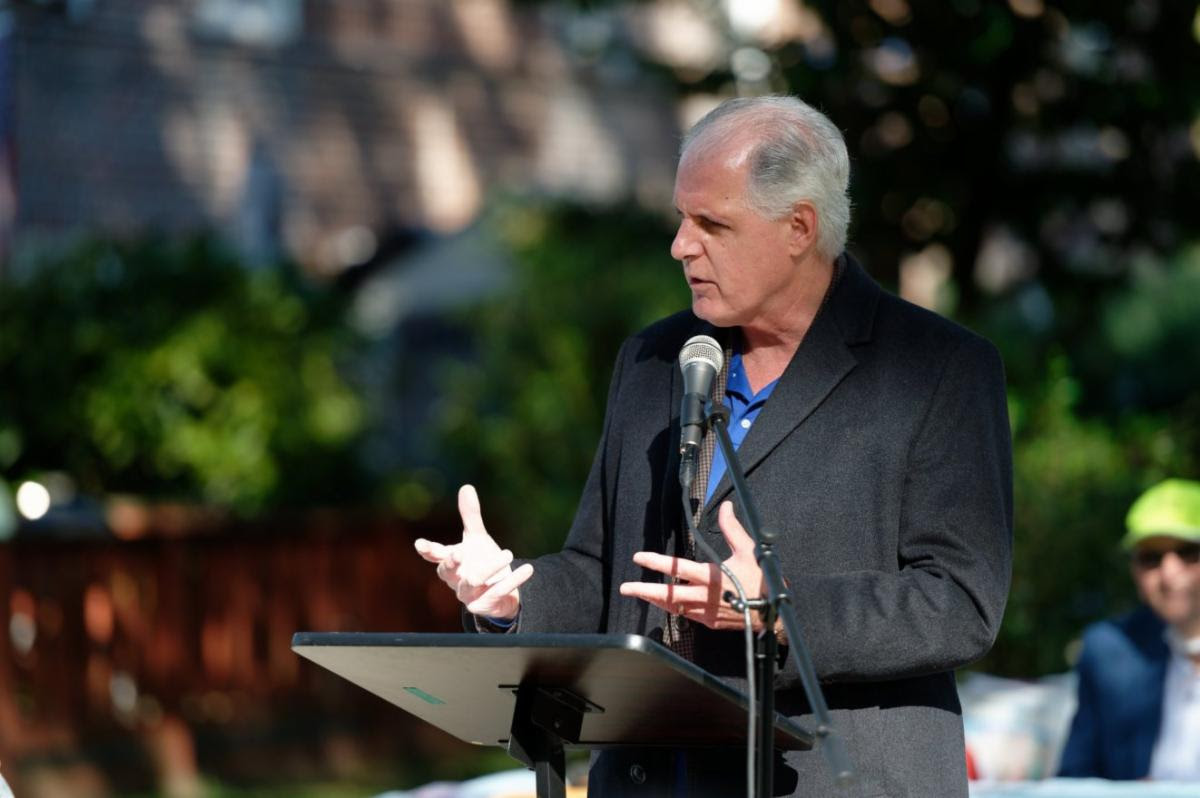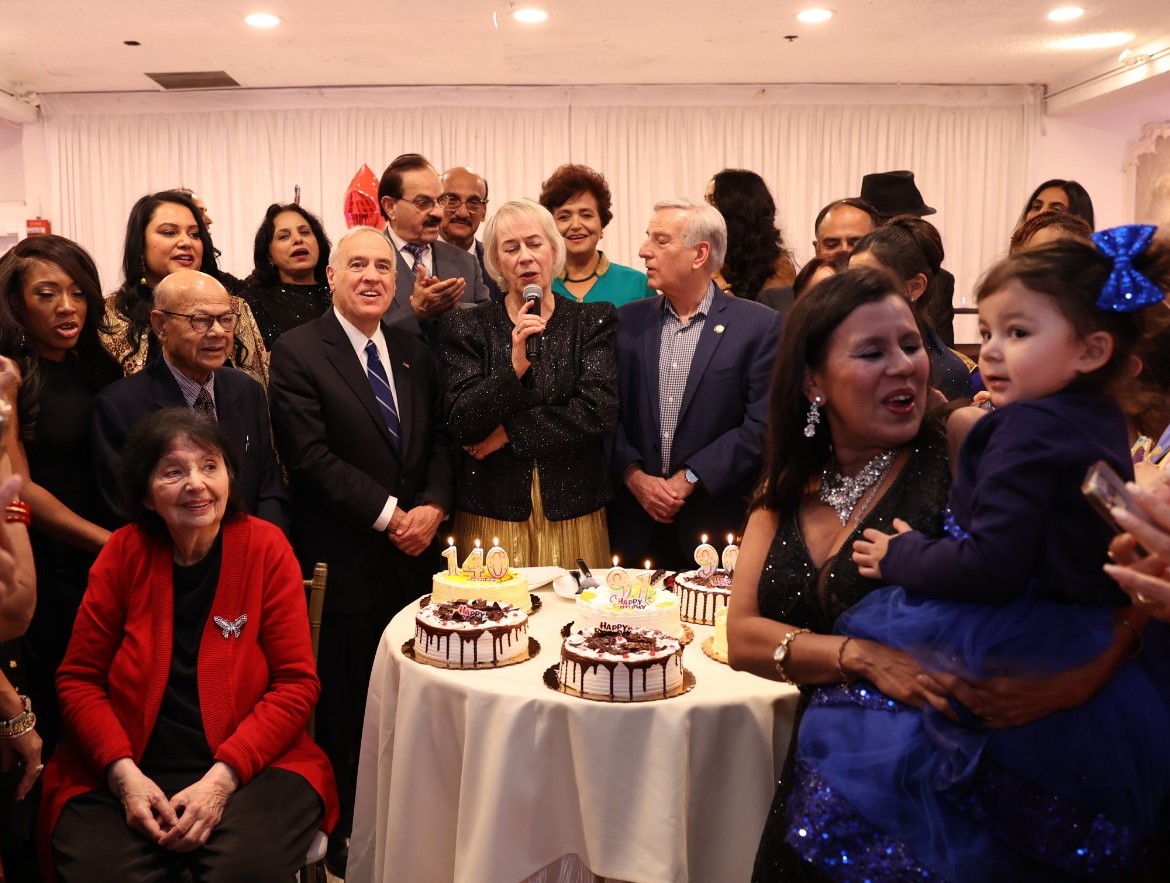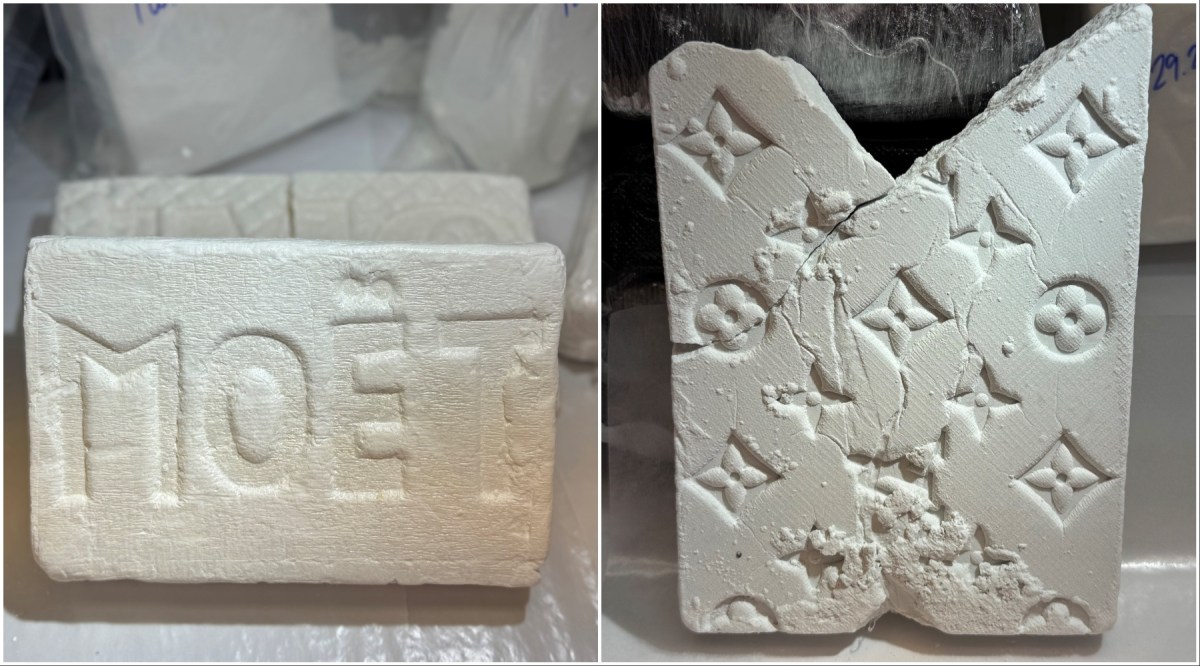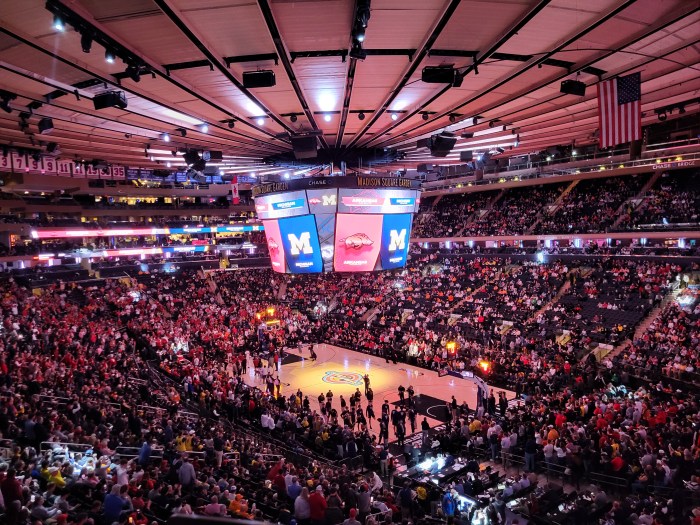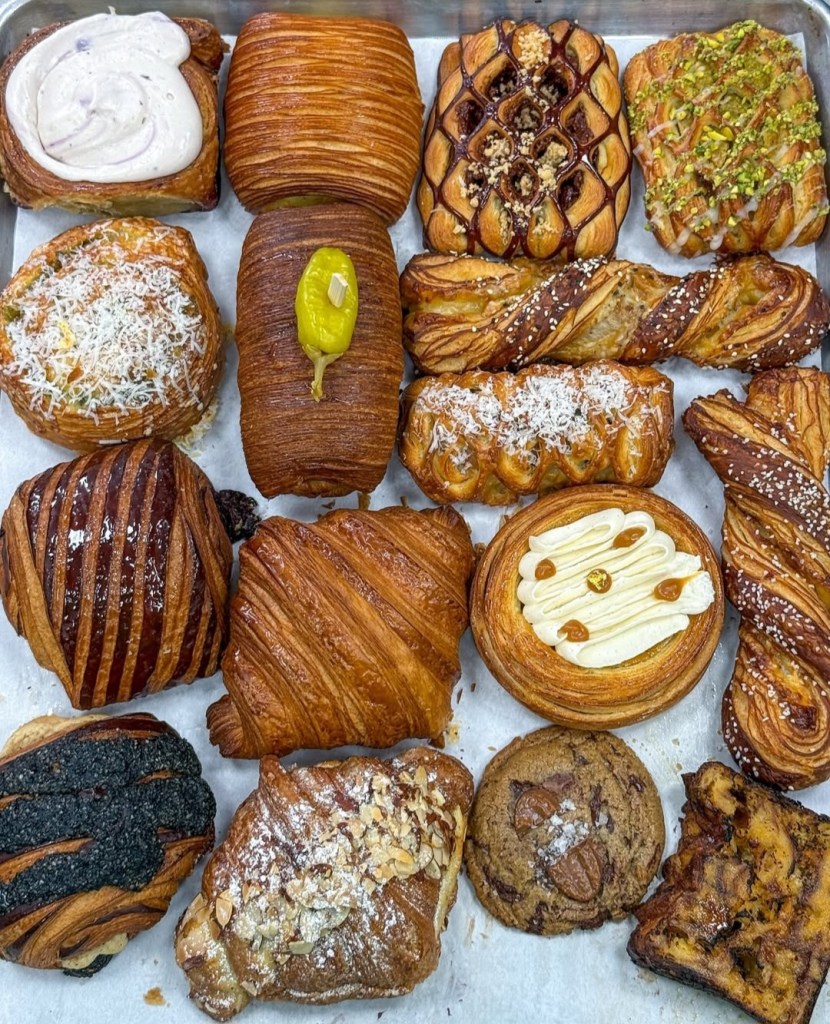By Cathy Jedruczek
Avenue A, you’re all right.
Avenue B, you’re brave.
Avenue C, you’re crazy.
Avenue D, you’re dead.
This East Village saying, recounting the heavy drug activity and high crime in Alphabet City in the late 1980s and early 1990s, is no longer accurate: What used to be a dangerous no-man’s land is now a trendy part of the East Village. Squatter buildings turned into condos, art galleries gave way to upscale restaurants and Tompkins Square Park is no longer a shantytown. Things have changed. “14 Below,” a group exhibition at the Tompkins Square Branch Library Gallery looks back at what the Lower East Side was like over a decade ago. The show re-creates the era of drug wars and vibrant art scene through mediums of music, word, photography and paint.
“What I was interested in was the cult of destruction and how that instigates the creativity,” said John Ranard, social documentary photographer and curator of the show. “I thought I would try to bring some of the artists that were working then and put them together, put them with musicians that come from this neighborhood and pair them with poets that are identified with this neighborhood and see if we can re-create that.”
Ranard described the opening night of July 13 as dominated by Charles Gayle’s 40-minute performance of Gershwin tunes, including “Summertime.” Gayle, who is a saxophonist, decided to play the grand piano instead. “The piano was out of tune and he said he couldn’t sustain a note for a long period,” said Ranard. “But he held the whole crowd. He filled up this room with engrossing, loud, emotional music. It was all part of memory.”
Ranard, who arrived in the East Village from Louisville, Kentucky, in 1985, photographed the neighborhood from 1989 to 1993. He says he would take photographs “between here and there” and not look at them at all. He decided to revisit and make sense out of them, just a couple of months ago after he came back from another trip to Russia, where he has been photographing the growing H.I.V. epidemic. Ranard thinks images of the East Village have more impact now because “they are divorced from the real world. They say photographs are like wine. They age really well,” he noted. “If I showed people these pictures then they would say, ‘Lord this is what it looks like? Why are you showing the worst parts of the neighborhood?’ ”
The neighborhood looked like “someone had just dropped a bomb here,” recalled Ranard of his initial reaction after taking a stroll down 10th St. “This neighborhood looked like World War III.” Assembled like a photo essay, the images in the exhibit show the architecture: squatter buildings, some of them burning, encampments of homeless people in Tompkins Square Park and shantytowns on Third St. between Avenues B and D — then referred to as “Bushville.” Ranard also photographed empty lots, which no longer exist — condominiums were erected in later years — an Easter pageant and newspaper headlines screaming, “All hell broke loose” and “Punks kill a good guy.” Ranard says single photos would not make much sense, but introduced in a book format, “one photograph influences how you think of the other photographs.” “It’s a silent thing,” he explained. “It’s a puzzle that you have to figure out on your own because there are no arrows pointing.”
The other set of Ranard’s photographs are portraits of people living in Tompkins Square Park. Ranard, who lived in a squat for a while, remembers the names of almost all the people he photographed, and says he still sees some of them around. He used a Polaroid, giving prints away to those he photographed. That made them part of the process, Ranard says.
“14 Below” also showcases collaborative works by Thom Corn and the late, Haitian-born Grady Alexis. The two met at a gallery in South Bronx in 1988 and along with other artists from South America and Haiti formed a group called the Maroons. For two years, Alexis and Corn worked as installation artists inspired by folkloric traditions of the African diaspora and voodoo images.
“We had a system,” said Corn of their teamwork. “We agreed on the scene, I mixed the paints and we painted. We took turns and we didn’t get in each other’s way.” Corn, who was never professionally trained, had a habit of painting to the edge of the canvas. This created a technical problem, since the canvas no longer could be framed. As a result paintings at the exhibit are nailed to the wall. “Grady was so exuberant, he would just paint to the end,” recalled Corn in a phone conversation. Their paintings, previously exhibited at Under Acme Gallery, Gallery Taller Latino Americano and the Poets Café, are on display for the first time in 15 years. Ranard says Corn took the paintings out of the closet when asked to participate in the show.
Also on display at the gallery are drawings by James Romberger, who said he decided to take part in the exhibit because he thought it was a good idea to show an aspect of the neighborhood that tends to be neglected. Romberger, whose pastels of the East Village are in the Metropolitan Museum of Art’s collection, drew the largest of his works hanging at “14 Below” — a drug-dealing scene in front of his building — from memory. Another work is a reproduction of a poster featuring a uniformed police officer with a skeleton face. Romberger posted copies of that drawing on the streets of East Village as a sign of protest against police brutality. A third, very small drawing portrays squatter riots; Romberger describes it as “very chaotic.”
Jody Culkin, whose sculptures, photographs and installations have been exhibited throughout the U.S. and internationally, responded to Ranard’s idea because she liked the theme of the show. “I liked the idea that the show is going to be about the East Village as a place that has history,” said Culkin in a phone interview from California. It’s also a place with its share of shocking stories. Culkin tells one of them through a flash animation video, in which she narrates the incident of the firebombing of the building on Clinton St. where she has lived since 1982, by her landlord, Alvin Weiss. Weiss, who also went by the name of Mark Glass, admitted in criminal court that he had hired a hit man to kill off two tenants at the Clinton St. building in hopes of getting higher rent. In 1999, Weiss was sentenced to seven to 14 years in jail.
On opening night, the exhibition was also accompanied by poetry readings. Lower East Side poet John Farris read from a short story collection, “Raymundo del Mundo,” and Tom Savage read from his eighth book of poetry, “Brain Surgery Poems.” Ranard photographed Savage after he had an epileptic fit and included negatives of Savage with a bruised eye in the exhibit. Ranard said that after the attack, Savage decided to take the risk of having brain surgery. His eighth book of poetry is the product of recovery from that operation.
“14 Below” was made possible by the Manhattan Community Arts Fund, New York City Department of Cultural Affairs — administered by the Lower Manhattan Cultural Council — A Gathering of Tribes and Bloomberg LP. The exhibit is opened to the public on Wednesdays and Saturdays through July and August. The closing night on Aug. 24, from 5 p.m.-7:30 p.m.- during FEVA’s Howl! festival — will feature poetry reading by Steve Dalachinksy and musical performances by Matthew Shipp and Mat Maneri. Ranard says he expects another performance that “will blow the walls away.”
John Ranard in front of his photographs currently on display at the Tompkins Square Library.
















